My Practical Experience
Look, I’ve fucked up before and was living in a place that had mold issues. I’m here to tell you what to look for and how to fix it so you don’t suffer from mold toxicity.
Signs of mold toxicity
Remember this good news: the body can recover form mold toxicity.
Now, here’s how to know when something’s off
- suddenly getting a running nose
- fever-like feeling; mild headache
- coughing
These were my symptoms. While these may often be confused with allergies, it’s important to at least check your environment.
Shit’s not the end of the world
First, calm the fuck down, you’ll get over it. Don’t choose to mislabel the event as hopeless. Take action and get it done.
Here are a few pictures of what to notice:

In the above image, you see some spotting, which indicates that something is wrong with the moisture levels and humidity. Specifically, the AC unit is blowing off condensation, and acting like a mist, hence the sprayed pattern.
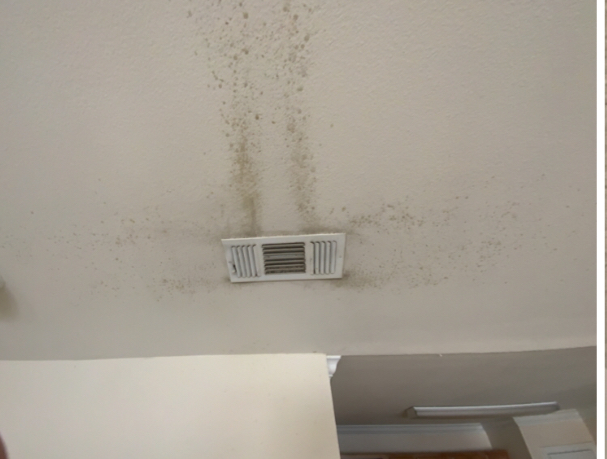
This one above is a more serious case. This vent was much closer to the AC unit, which is why it has the most most, because the AC moisture is much more potent, than the vents that are father away.
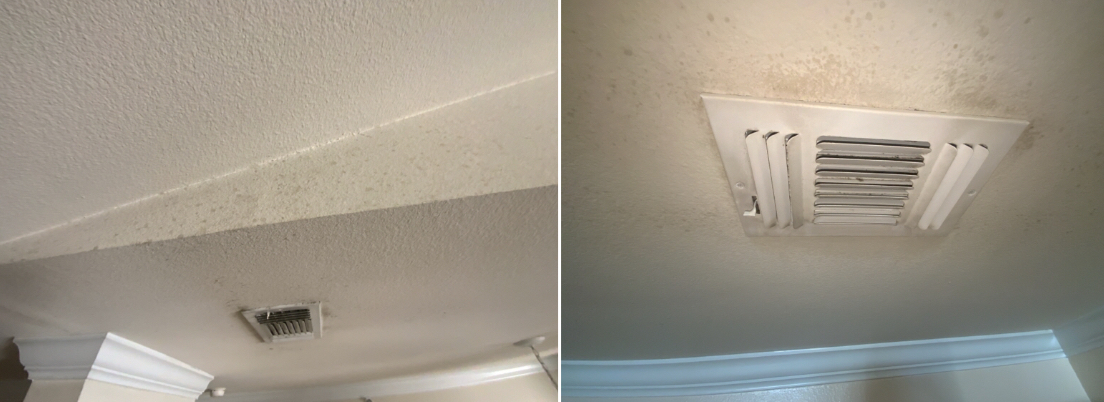
And here, you see again the spotting, but less sever, since it’s farther away from the AC unit.
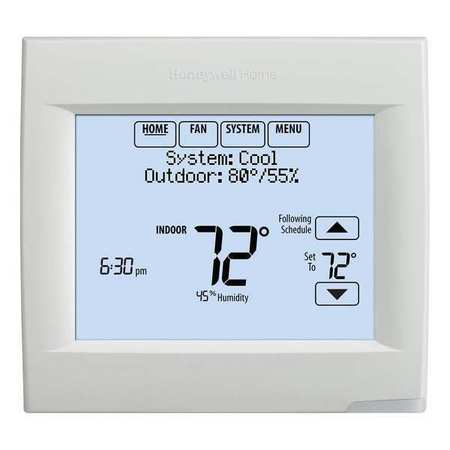
You also want to check the humidity levels in the area. Indoors, humidity should never be above 50%; the mold issues you saw previously were for a unit that had humidity levels at fucking 65%–that’s like standing outside in a pilipino swamp jungle or beach!
Ideally, the humidity should be anywhere between 30% to 50%.
How to take care of AC units
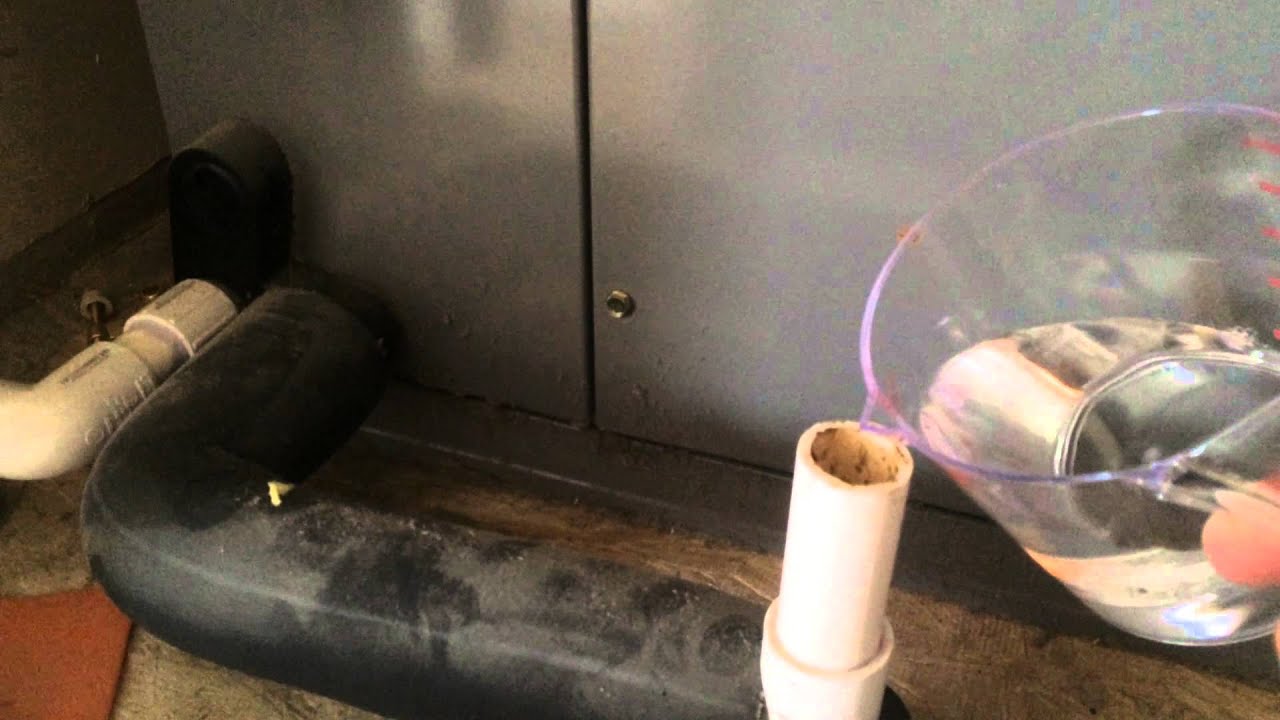
First some basic maintenance.
Every month, pour a solution of 1 part vinegar, 3 parts warm water down the AC drain. This prevents shit from building up.
Next, consider installing a UV light inside the AC unit to prevent mold from growing from within.
Finally, replace the filter every month.
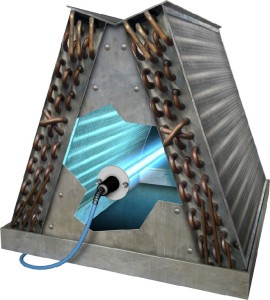
And that’s pretty much it! There, I saved you $1,000 visit from the technician.
